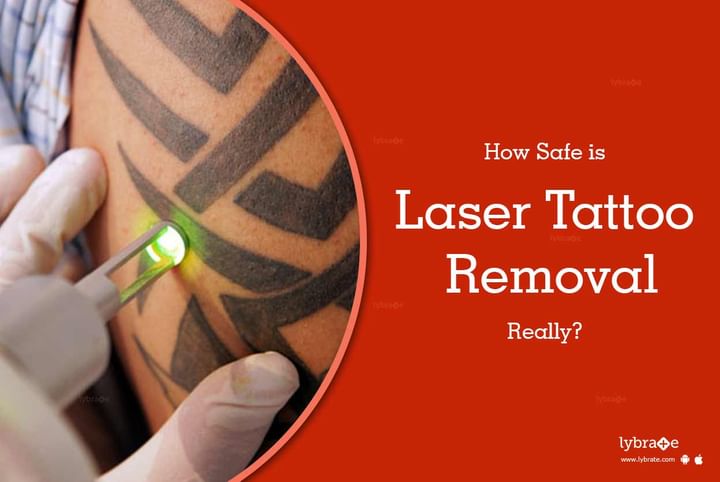How Safe is Laser Tattoo Removal, Really?
The permanency of tattoos or being inked has reduced somewhat after the widespread use of laser tattoo removal. It has become a common trend among people to take off the ink which once was put in to be a permanent part of their existence. Although the success rate of the tattoo removal is quite high, there are certain inherent risks of undergoing a laser tattoo removal procedure.
Let's take a look at some of the risks:
- Risk of infection: The process of tattoo removal may pose a risk of infection like any other procedure performed on the human body. However, infections occur in rare cases and only if proper method is not followed or the patient doesn't adhere to post-procedural prohibitions.
- Chances of a scar: Although the colors within the tattoo may be removed, the outline of the tattoo may stay depending on how deep the punctures on the skin were, where the tattoo was put into place. This may also happen due to the type of paint used as it may also result in a permanent pigment removal in the localized area of the tattoo on the skin.
- Hypopigmentation and Hyperpigmentation: After the removal of the tattoo, the skin and the body may react in a certain manner within certain individuals and thus result in problems with skin pigmentation. In certain cases, the color of the skin in the affected area may become paler than the rest of the surrounding skin which is known as hypopigmentation. In others, it may even become darker which is known as hyperpigmentation.
- Side effects: If the patient already has certain pre-existing conditions then the procedure may have certain side effects. One example of this is a delay in the healing process in case the patient has diabetes.
However, laser tattoo removal has been improving over the past few years as a procedure and has come to a point where it is very safe. What might vary from patient to patient is the effectiveness of the removal of the colors within the tattoo, depending on the types of colors that were used.
'Consult'.
Tip: What Causes Prickly Heat Rash and How to Prevent It?



+1.svg)
